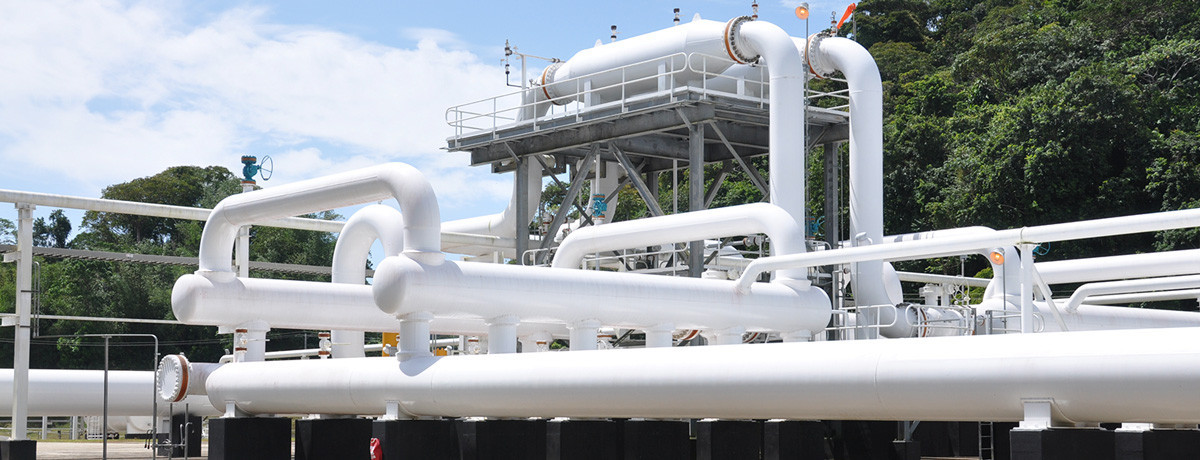
Liquid Fuels Pipeline System
The Liquid Fuels Pipeline System includes: An 8-inch multi-product liquids pipeline 35km in…..
The Liquid Fuels Pipeline System includes:
- An 8-inch multi-product liquids pipeline 35km in length which starts at Petrotrin’s Pointe‐a‐Pierre refinery and ends at Fredrick Settlement, Caroni.
- A Road Tank Wagon (RTW) loading facility at Caroni.
- An 11km long jet fuel pipeline built from the Caroni facility to Piarco.
The line from Petrotrin to Caroni is designed to transport 1.6 million gallons or 42,000 barrels per day of refined distillates, specifically two types of gasoline (95 Octane; 92 Octane), diesel and jet fuel. Four tanks have been built at Petrotrin to store the liquid fuels before they enter the pipeline, along with two shipping pumps and a backup control system. The pipeline leaves Petrotrin and travels north mainly along NGC’s existing Right of Way. The second pipeline runs from the Caroni facility to the NP facilities at Piarco International Airport. There is also a backup loading arm at the Caroni facility to dispense jet fuel. This loading arm will be used to dispense jet fuel to operators of light aircraft and helicopters.
Now you must be wondering how these different types of fuel can be transported along one pipeline. It’s simple. The fuel is sent through the pipeline in batches one after the other and stored at the Caroni facility until needed. The fuel batches, and the interfaces between different fuels in the pipeline, are monitored electronically through highly sensitive densitometers and optical detectors.
When operational, the system will make the transportation of liquid fuels safer, more reliable and more efficient. At present, most liquid fuels are transported by marine tanker from Petrotrin to the NP facility at Sea Lots in Port of Spain and jet fuel is transported on land by road tank wagons. However, the Liquid Fuels pipeline will replace these marine and jet fuel tankers thereby improving the security of supply and the safety of transportation, as well as decreasing road congestion and carbon emissions. It will also no longer be necessary for tank wagons to carry jet fuel on the roads.
A fiber optic cable has been installed along the pipeline, for use by a remote computerized system called SCADA (Supervisory Control and Data Acquisition). This system will allow the controller to monitor flow, pressure, etc. along the entire length of the system.